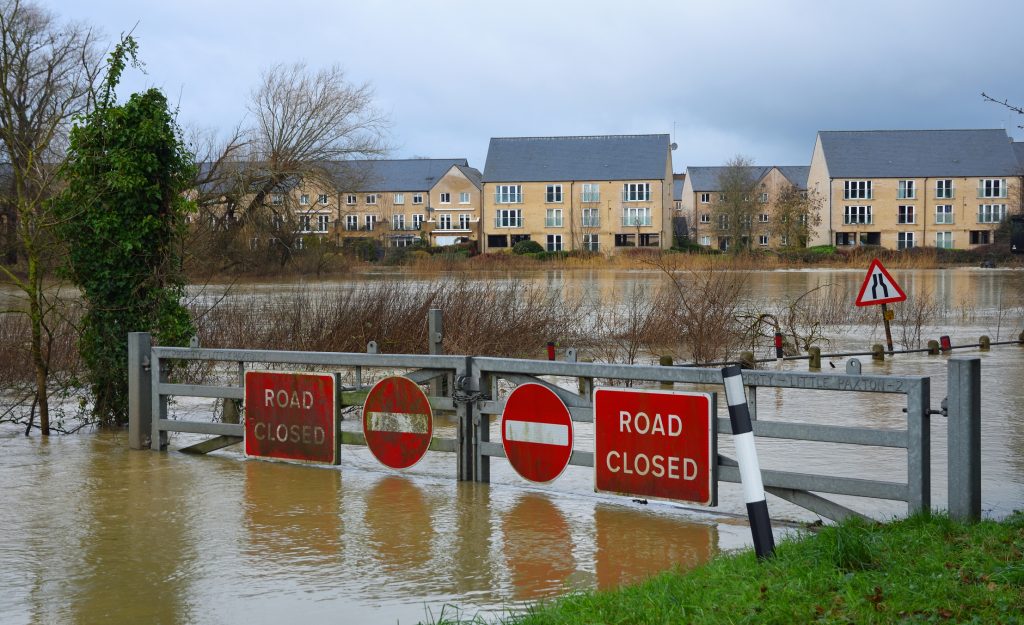With strengthening focus on flooding and water quality, CIRIA’s advice to oversize crate-based attenuation tanks by 10% has never been more relevant, says Stuart Crisp, UK manager at Advanced Drainage Systems (ADS).

There’s a reason why the CIRIA SuDS Manual C753 suggests that “difficult to clean” SuDS attenuation systems, such as below-ground crates, should be oversized by 10%: there is a risk that sediment will build up in them, reducing their storage capacity.
With increasing legislation to manage flood risk and to prevent pollution, and more intense rainfall events, this advice becomes even more pertinent. There is a higher volume of water for SuDS devices to deal with and, when these events follow dry spells, more particulate matter and pollutants are swept along with surface water.
Unfortunately, this need to upsize crate-based attenuation tanks by 10% is often overlooked, thanks to focus on originally calculated target storage volumes. Furthermore, if the development is ‘value-engineered, the capital cost saving also often focusses on the original target storage volume. Up-sizing is often disregarded and, if the design is substituted for another type of attenuation system, the implications for water quality and the effectiveness of the treatment train are ignored.
The result is an increased risk of flooding and an increased risk to water quality.
Risk-based approach
The SuDS manual suggests a risk-based approach to designing SuDS management trains. Considering sediment, this means assessing: how much is likely to build up, depending on the location, how that load might change over time, and how often and easily devices will need to be cleaned.
Clause 21.5.3 of the manual explains the rationale for upsizing below-ground attenuation by 10%, while Table 21.2 shows the potential loss of storage capacity. Typically, commercial developments suffer from the highest sediment loading, followed by car parks, high-density residential developments and highways.
Removing sediment is also necessary to protect water quality and to avoid the negative impacts of pollutants. The predicted type, quantity and concentration of pollutants governs the choice of natural or manufactured SuDS element that would be most suitable.
Some underground attenuation systems, such as ADS’s StormTech arched system with its Isolator Row, are designed with in-built treatment systems which can be easily cleaned using standard equipment. This can negate the need for – and cost of – upstream treatment devices, while still protecting attenuation capacity and water quality.
Pay now or pay later
With the anticipated implementation of Schedule 3 of the Flood and Water Management Act 2010, SuDS adopting bodies will be looking hard at maintenance issues. Asset owners will need to be assured that the SuDS they are taking on will perform as designed throughout their whole lives.
Short-term savings in capital cost, which skimp on capacity and compromise water quality, can lead to long-term problems and greater whole-life costs, resulting in higher commuted sums for developers and an additional, avoidable cost burden on UK plc.
If a system is claimed to be exempt from the 10% up-sizing guidance, evidence that the system can be completely and easily cleaned should be demanded.
For more information on Advanced Drainage Systems, visit www.adspipe.co.uk.